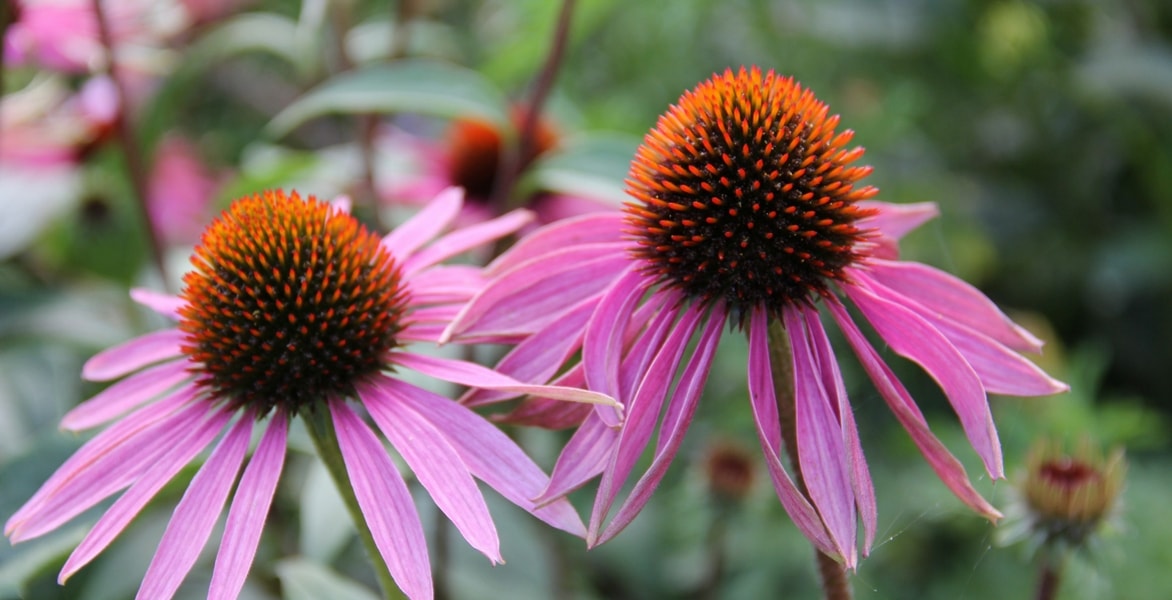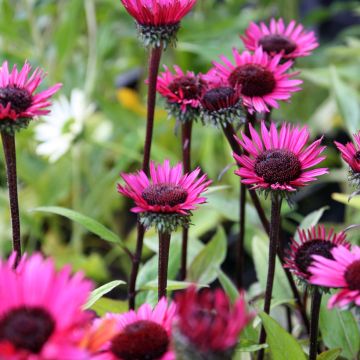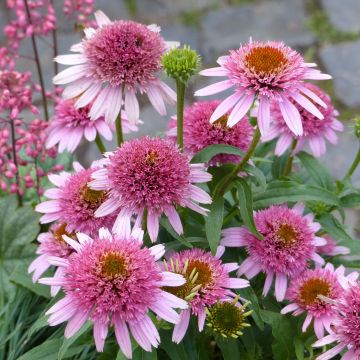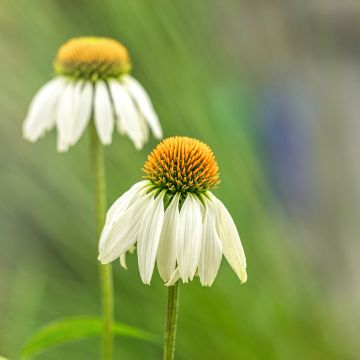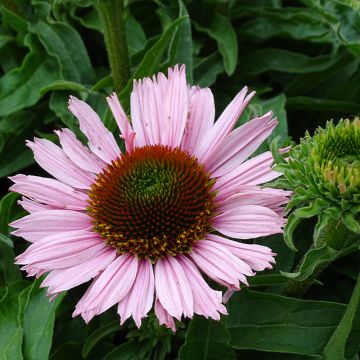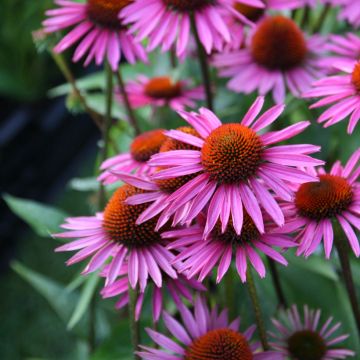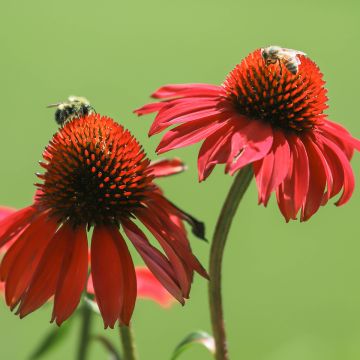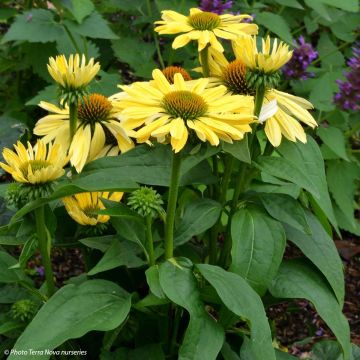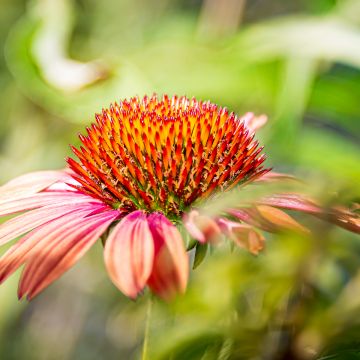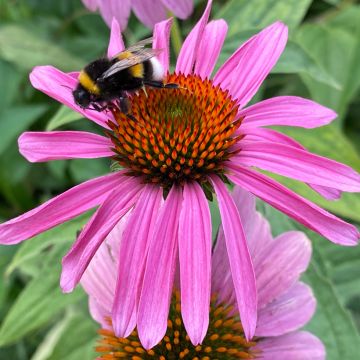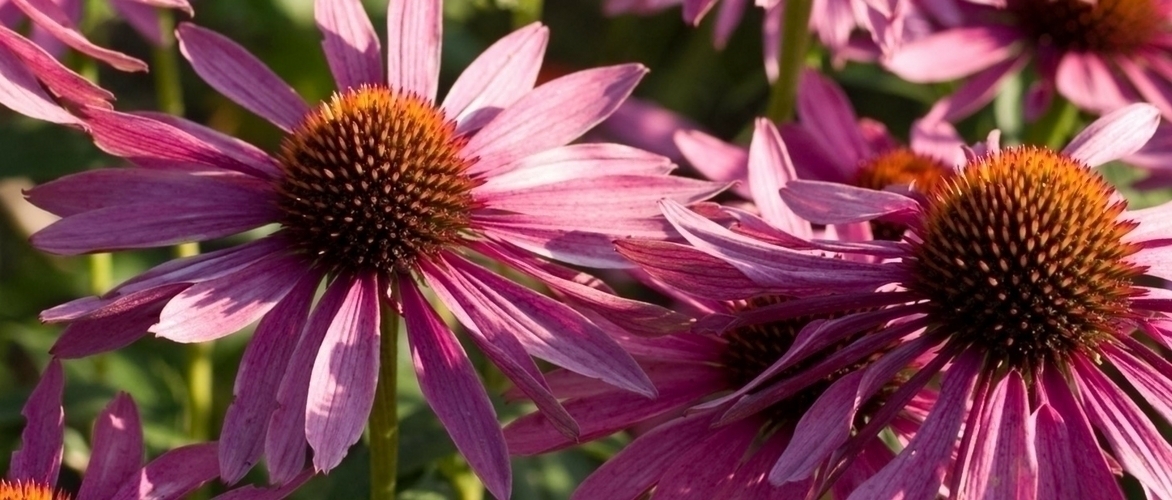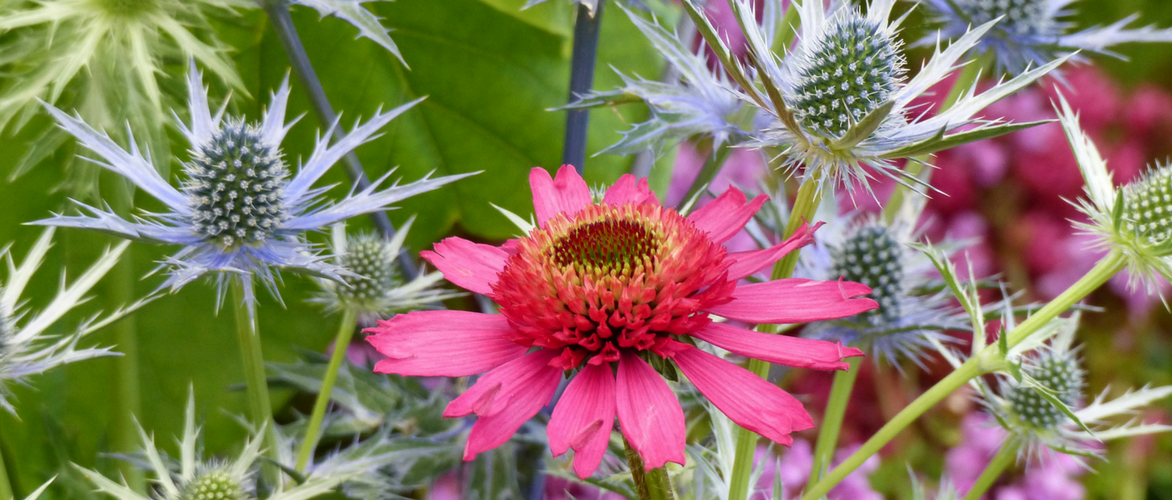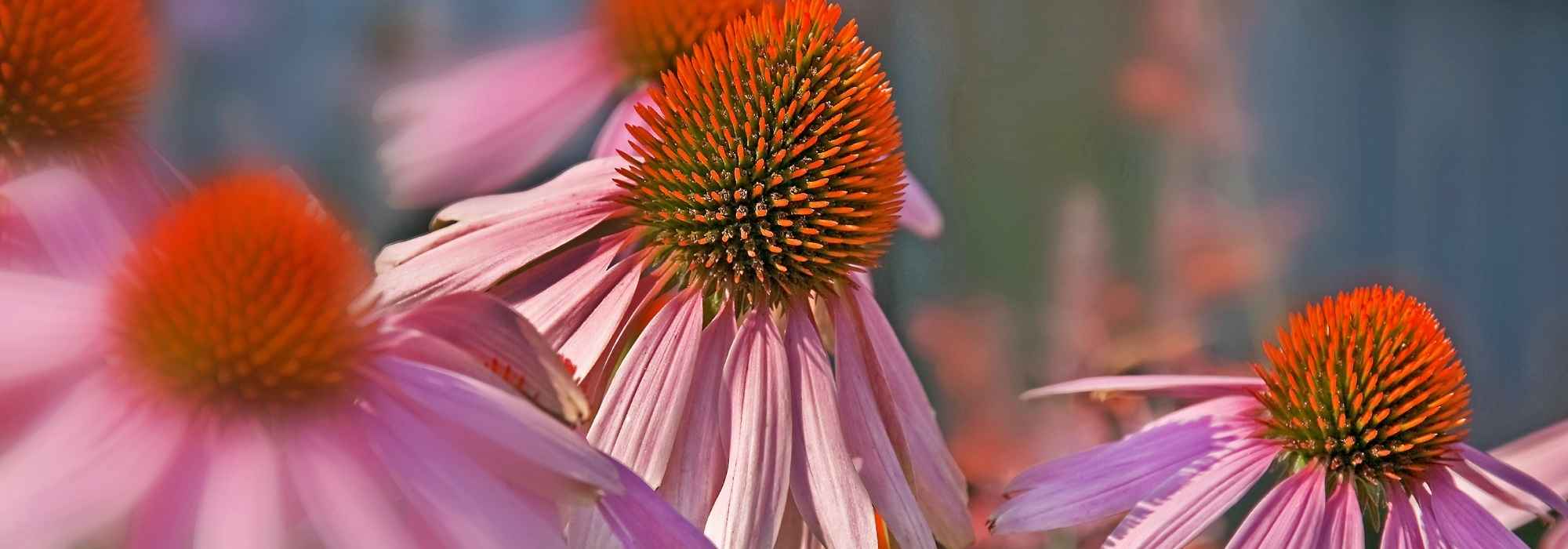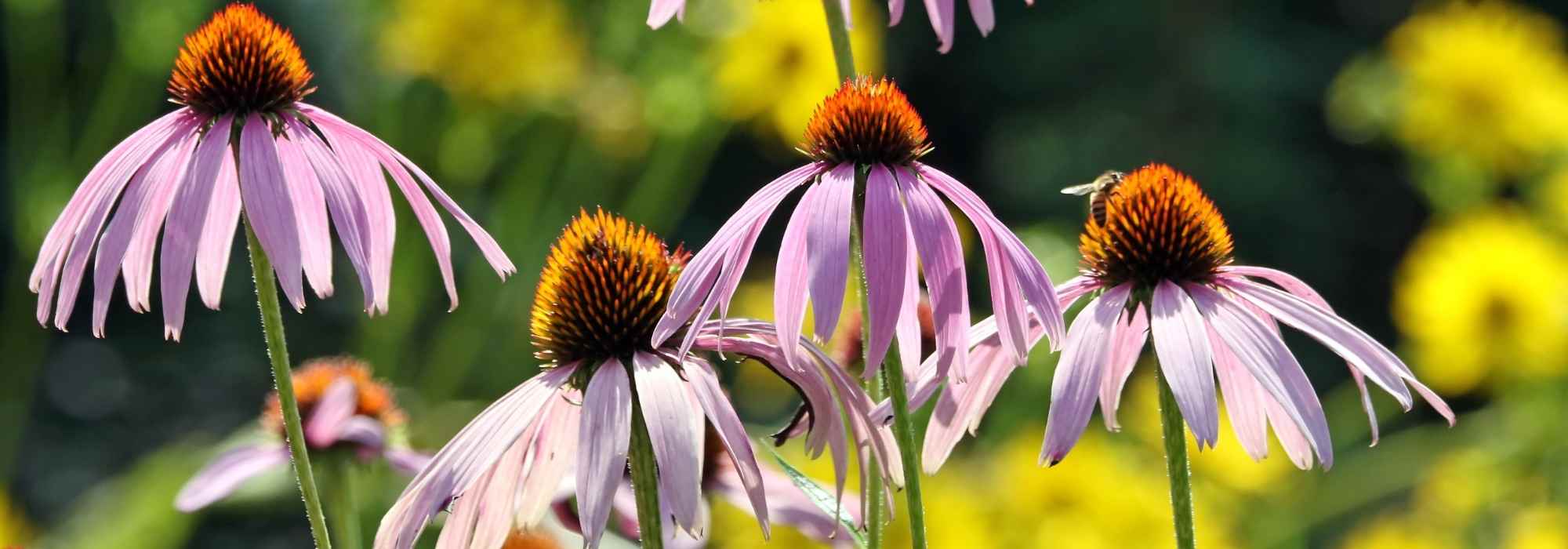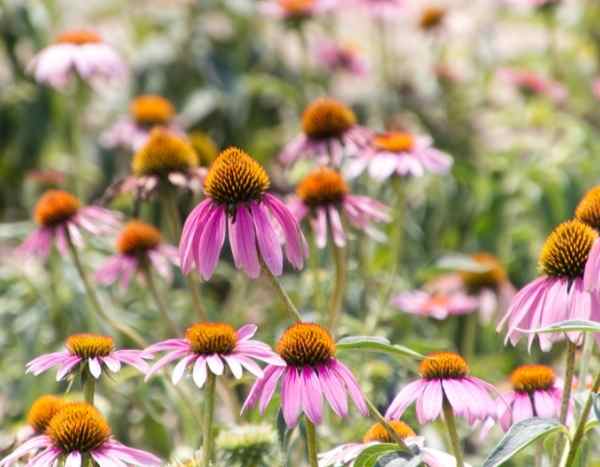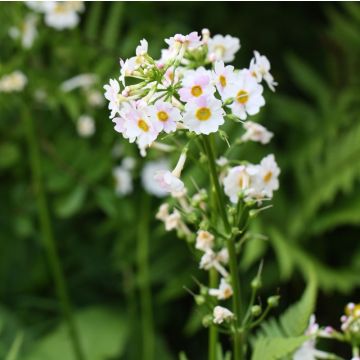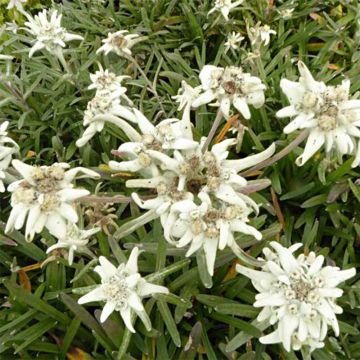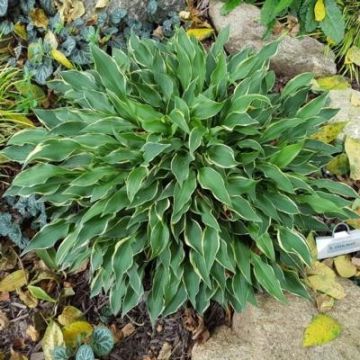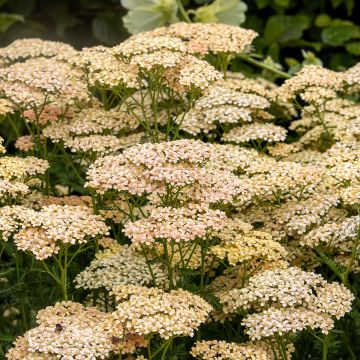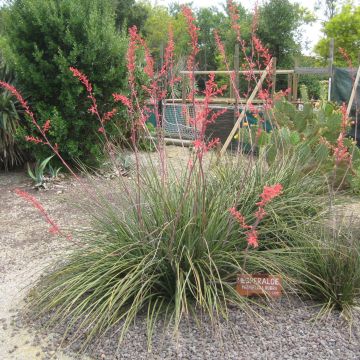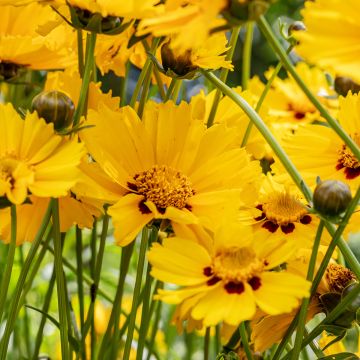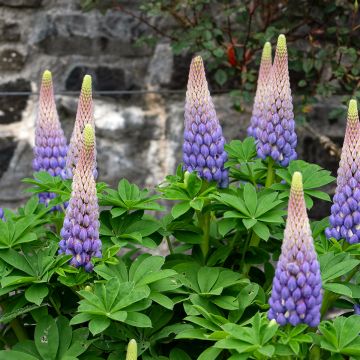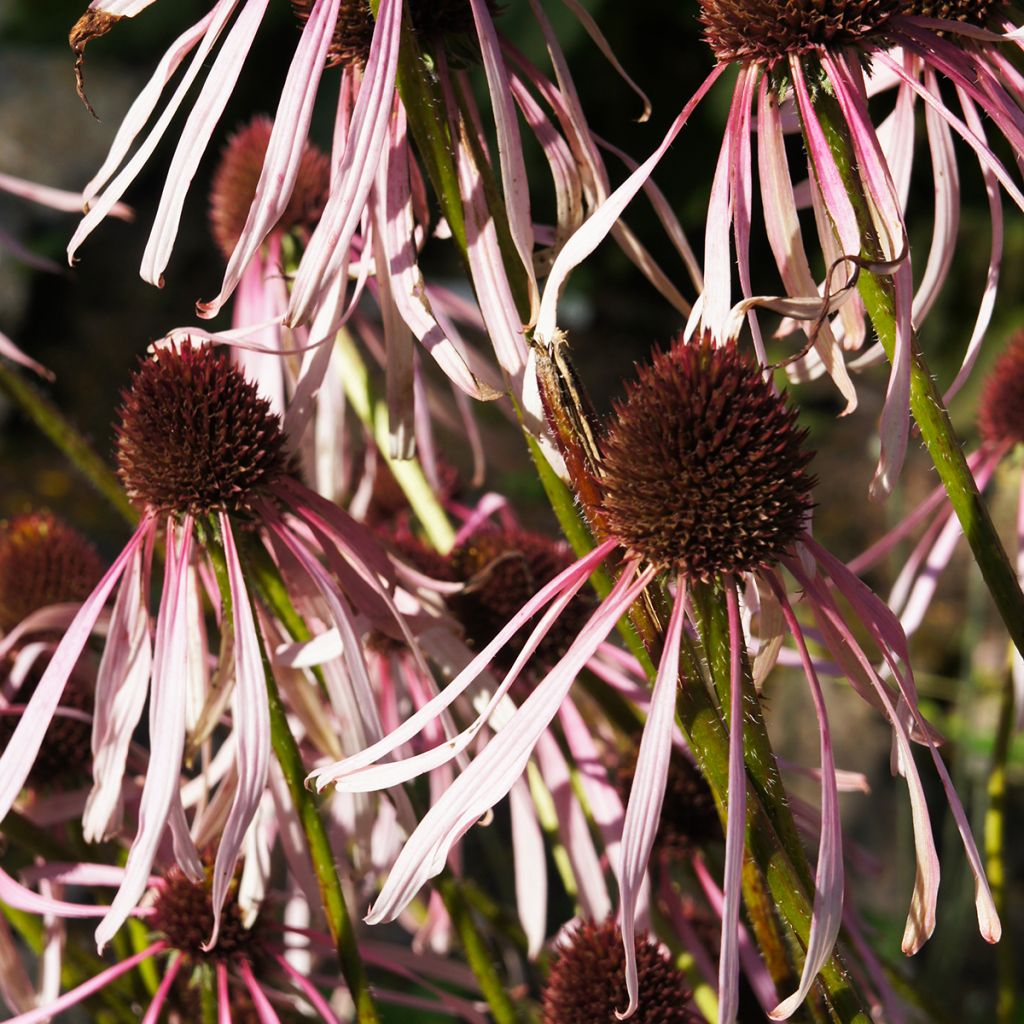

Echinacea pallida Hula Dancer - Pale Purple Coneflower
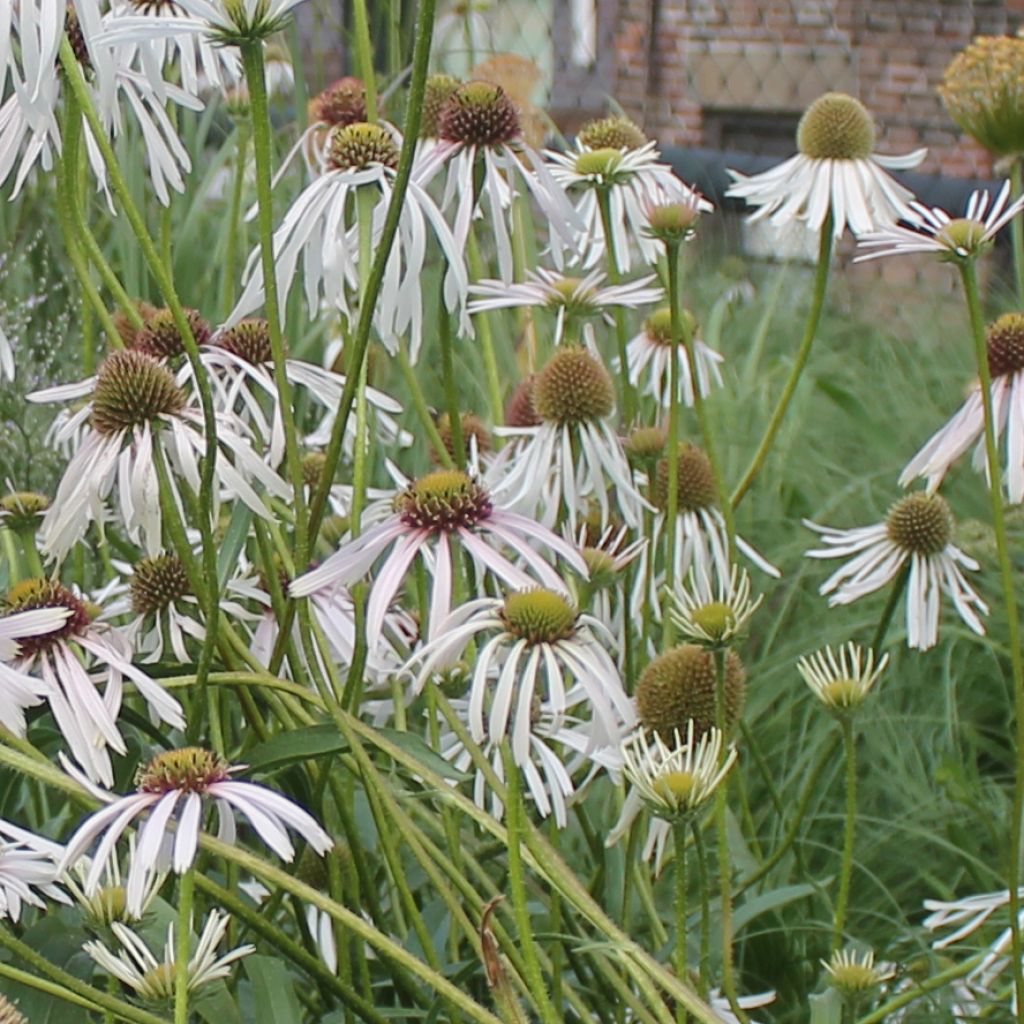

Echinacea pallida Hula Dancer - Pale Purple Coneflower
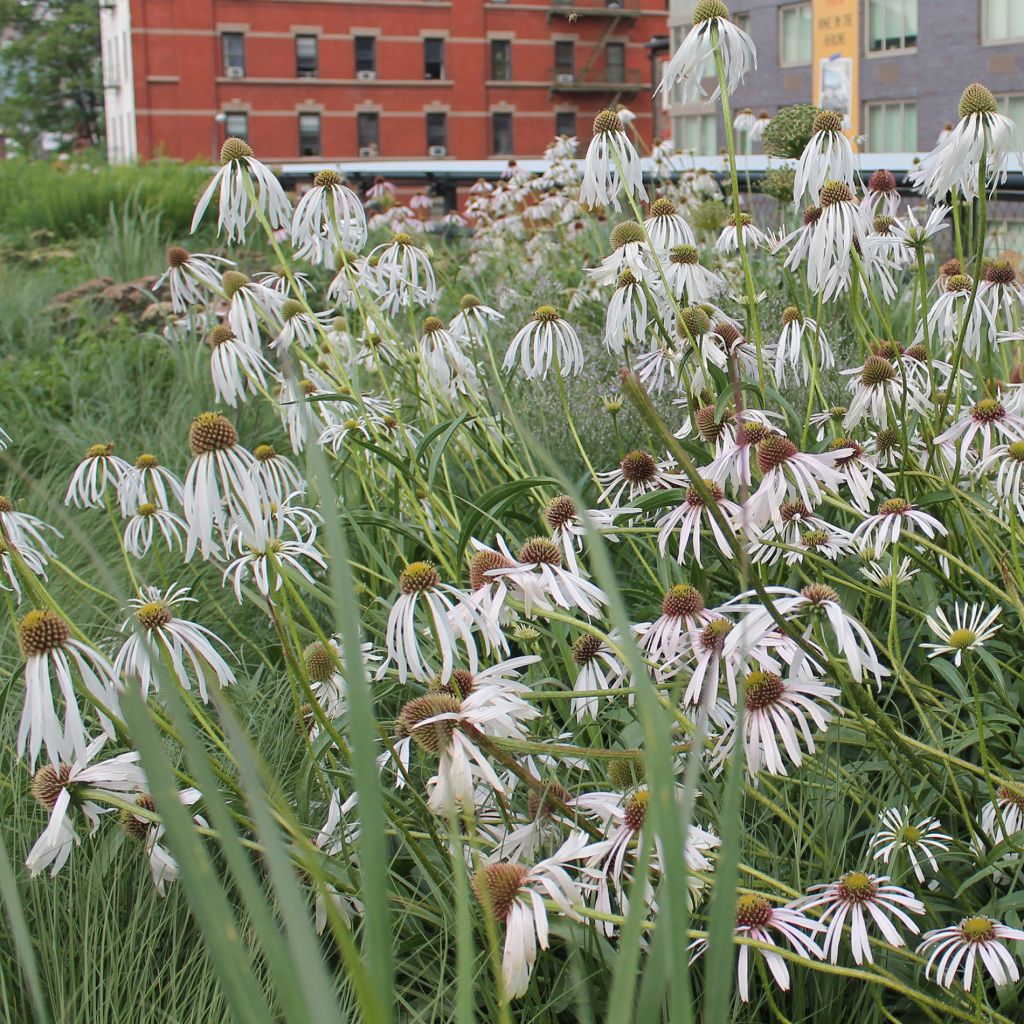

Echinacea pallida Hula Dancer - Pale Purple Coneflower
Echinacea pallida Hula Dancer - Pale Purple Coneflower
Echinacea pallida Hula Dancer
Pale Purple Coneflower
Arrivée en dormancy, she has settled in well. Eager to see the flowering.
Julie, 03/05/2022
Special offer!
Receive a €20 voucher for any order over €90 (excluding delivery costs, credit notes, and plastic-free options)!
1- Add your favorite plants to your cart.
2- Once you have reached €90, confirm your order (you can even choose the delivery date!).
3- As soon as your order is shipped, you will receive an email containing your voucher code, valid for 3 months (90 days).
Your voucher is unique and can only be used once, for any order with a minimum value of €20, excluding delivery costs.
Can be combined with other current offers, non-divisible and non-refundable.
Home or relay delivery (depending on size and destination)
Schedule delivery date,
and select date in basket
This plant carries a 12 months recovery warranty
More information
We guarantee the quality of our plants for a full growing cycle, and will replace at our expense any plant that fails to recover under normal climatic and planting conditions.
Would this plant suit my garden?
Set up your Plantfit profile →
Description
Echinacea pallida 'Hula Dancer' is an essential plant if you want to add a touch of romance. Indeed, its long slender white petals which are tinged with pink seem to float in the wind. They are curved downwards, like a dancer's skirt, and bring a lot of lightness to the garden. They highlight a centre to the flower that swells as it blooms, changing from green to pink and welcoming autumn with purple hues. These large flowers bloom from July to September, much to the delight of pollinating insects. They are then replaced by birds who enjoy their seeds.
Originally from North America, where it has already naturally colonised many states, Echinacea has been with us for many years. Originally, it settles spontaneously in wild spaces: vast meadows, forest edges, roadsides... As a result, it is content with any type of soil, any type of climate, and displays a robustness and hardiness that gardeners appreciate. However, it prefers deep, well-drained soils and is resistant to drought. Note that it may take its time to establish itself, but then it shows resistance and longevity. It thrives in the sun, but also in light shade. It requires almost no care, except for the traditional removal of faded flowers.
It is a herbaceous perennial, belonging to the Asteraceae family, with an upright and bushy habit. The leaves are deciduous, rather dark green, and quite thick. They are lanceolate, longer and more numerous at the base, but alternate and sparse along the stems. The stems are long, 70 to 100 cm (28 to 39in) tall, sturdy, and bear large flower heads at their tops, which can reach 8 cm (3in) for 'Hula Dancer'. Their shape is very distinctive and perfect for wild-looking borders. They consist of a large, flattened centre at the beginning of flowering and a conical shape at the end, surrounded by a row of very fine florets, long and fringed at their tips. Trailing and curved, they resemble a Hawaiian skirt and bring joy to the garden. Feel free to pick them, they will brighten up summer bouquets.
Full of charm, 'Hula Dancer' can be planted at the back of borders in small gardens. It welcomes the perennial Geranium 'Dreamland', Hakanechloa macra 'Naomi', and many Heucheras in shades of pink at its feet. For a cloudy and voluminous effect in larger spaces, it can be interplanted among grasses and our giant wildflowers.
Echinacea pallida Hula Dancer - Pale Purple Coneflower in pictures
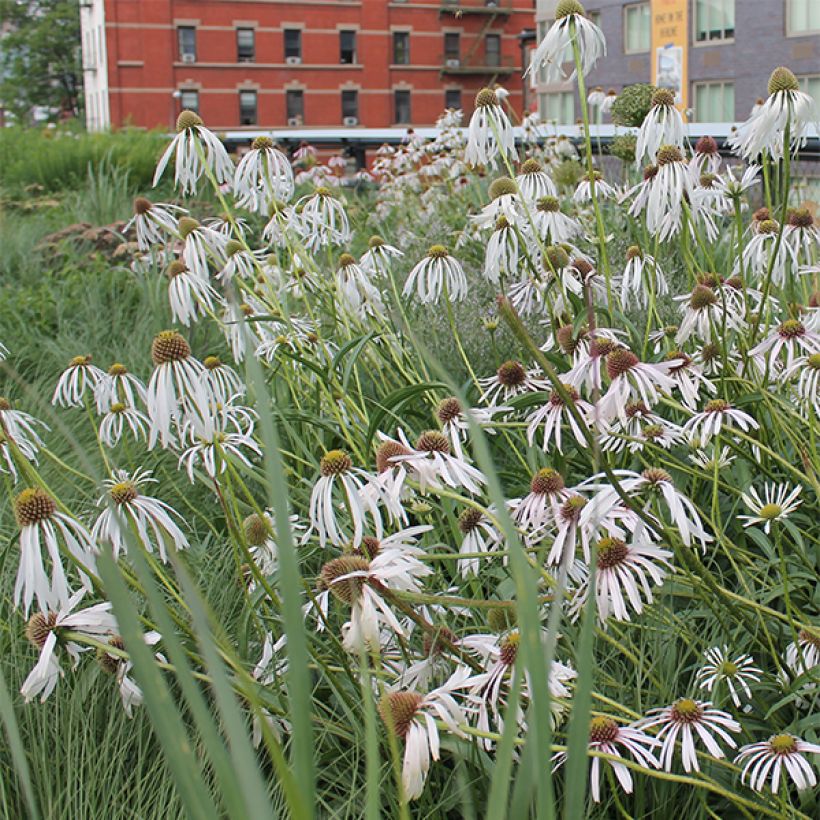

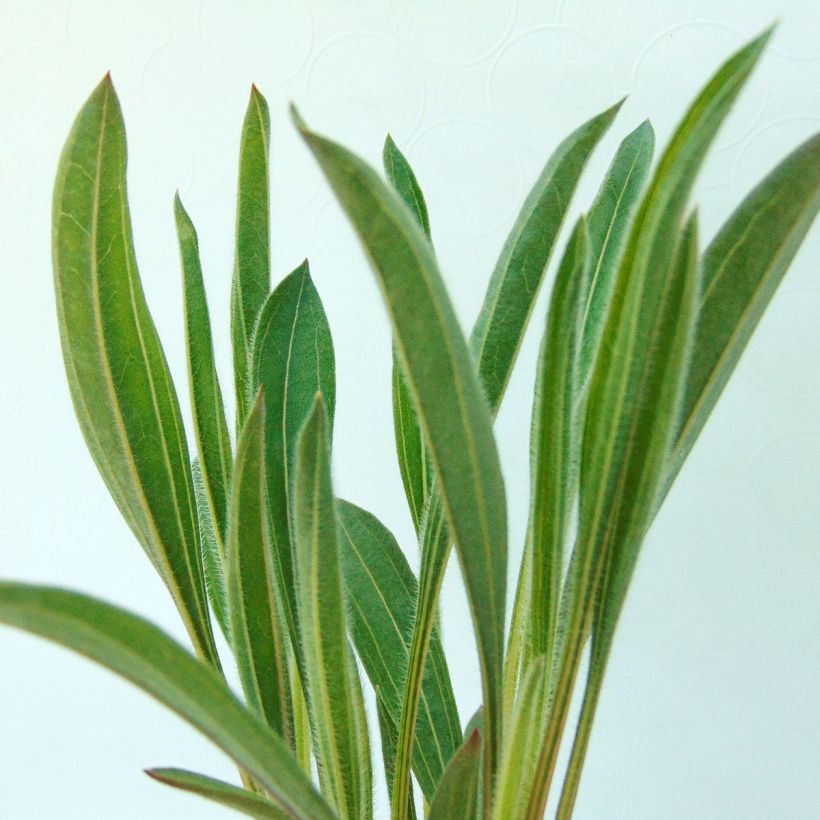

Flowering
Foliage
Plant habit
Botanical data
Echinacea
pallida
Hula Dancer
Asteraceae
Pale Purple Coneflower
North America
Other Echinacea - Coneflower
View all →Planting and care
Echinacea pallida 'Hula Dancer' prefers a sunny position. It tolerates light shade. Plant it in a deep and well-drained soil. Nevertheless, it accepts any type of soil. It is a hardy plant that can withstand drought, heat, and moisture. It even adapts when it is close to the coast or on a slope. However, it may take its time to establish.
Prune the stems when the flowers have faded to promote the next flowering. Otherwise, leave the cones to dry on the plant to enjoy them as winter decoration. Cut the stems in early spring. Divide the stump if required to give it more vigour.
Planting period
Intended location
Care
Planting & care advice
-
, onOrder confirmed
Reply from on Promesse de fleurs
Similar products
Haven't found what you were looking for?
Hardiness is the lowest winter temperature a plant can endure without suffering serious damage or even dying. However, hardiness is affected by location (a sheltered area, such as a patio), protection (winter cover) and soil type (hardiness is improved by well-drained soil).

Photo Sharing Terms & Conditions
In order to encourage gardeners to interact and share their experiences, Promesse de fleurs offers various media enabling content to be uploaded onto its Site - in particular via the ‘Photo sharing’ module.
The User agrees to refrain from:
- Posting any content that is illegal, prejudicial, insulting, racist, inciteful to hatred, revisionist, contrary to public decency, that infringes on privacy or on the privacy rights of third parties, in particular the publicity rights of persons and goods, intellectual property rights, or the right to privacy.
- Submitting content on behalf of a third party;
- Impersonate the identity of a third party and/or publish any personal information about a third party;
In general, the User undertakes to refrain from any unethical behaviour.
All Content (in particular text, comments, files, images, photos, videos, creative works, etc.), which may be subject to property or intellectual property rights, image or other private rights, shall remain the property of the User, subject to the limited rights granted by the terms of the licence granted by Promesse de fleurs as stated below. Users are at liberty to publish or not to publish such Content on the Site, notably via the ‘Photo Sharing’ facility, and accept that this Content shall be made public and freely accessible, notably on the Internet.
Users further acknowledge, undertake to have ,and guarantee that they hold all necessary rights and permissions to publish such material on the Site, in particular with regard to the legislation in force pertaining to any privacy, property, intellectual property, image, or contractual rights, or rights of any other nature. By publishing such Content on the Site, Users acknowledge accepting full liability as publishers of the Content within the meaning of the law, and grant Promesse de fleurs, free of charge, an inclusive, worldwide licence for the said Content for the entire duration of its publication, including all reproduction, representation, up/downloading, displaying, performing, transmission, and storage rights.
Users also grant permission for their name to be linked to the Content and accept that this link may not always be made available.
By engaging in posting material, Users consent to their Content becoming automatically accessible on the Internet, in particular on other sites and/or blogs and/or web pages of the Promesse de fleurs site, including in particular social pages and the Promesse de fleurs catalogue.
Users may secure the removal of entrusted content free of charge by issuing a simple request via our contact form.
The flowering period indicated on our website applies to countries and regions located in USDA zone 8 (France, the United Kingdom, Ireland, the Netherlands, etc.)
It will vary according to where you live:
- In zones 9 to 10 (Italy, Spain, Greece, etc.), flowering will occur about 2 to 4 weeks earlier.
- In zones 6 to 7 (Germany, Poland, Slovenia, and lower mountainous regions), flowering will be delayed by 2 to 3 weeks.
- In zone 5 (Central Europe, Scandinavia), blooming will be delayed by 3 to 5 weeks.
In temperate climates, pruning of spring-flowering shrubs (forsythia, spireas, etc.) should be done just after flowering.
Pruning of summer-flowering shrubs (Indian Lilac, Perovskia, etc.) can be done in winter or spring.
In cold regions as well as with frost-sensitive plants, avoid pruning too early when severe frosts may still occur.
The planting period indicated on our website applies to countries and regions located in USDA zone 8 (France, United Kingdom, Ireland, Netherlands).
It will vary according to where you live:
- In Mediterranean zones (Marseille, Madrid, Milan, etc.), autumn and winter are the best planting periods.
- In continental zones (Strasbourg, Munich, Vienna, etc.), delay planting by 2 to 3 weeks in spring and bring it forward by 2 to 4 weeks in autumn.
- In mountainous regions (the Alps, Pyrenees, Carpathians, etc.), it is best to plant in late spring (May-June) or late summer (August-September).
The harvesting period indicated on our website applies to countries and regions in USDA zone 8 (France, England, Ireland, the Netherlands).
In colder areas (Scandinavia, Poland, Austria...) fruit and vegetable harvests are likely to be delayed by 3-4 weeks.
In warmer areas (Italy, Spain, Greece, etc.), harvesting will probably take place earlier, depending on weather conditions.
The sowing periods indicated on our website apply to countries and regions within USDA Zone 8 (France, UK, Ireland, Netherlands).
In colder areas (Scandinavia, Poland, Austria...), delay any outdoor sowing by 3-4 weeks, or sow under glass.
In warmer climes (Italy, Spain, Greece, etc.), bring outdoor sowing forward by a few weeks.






























